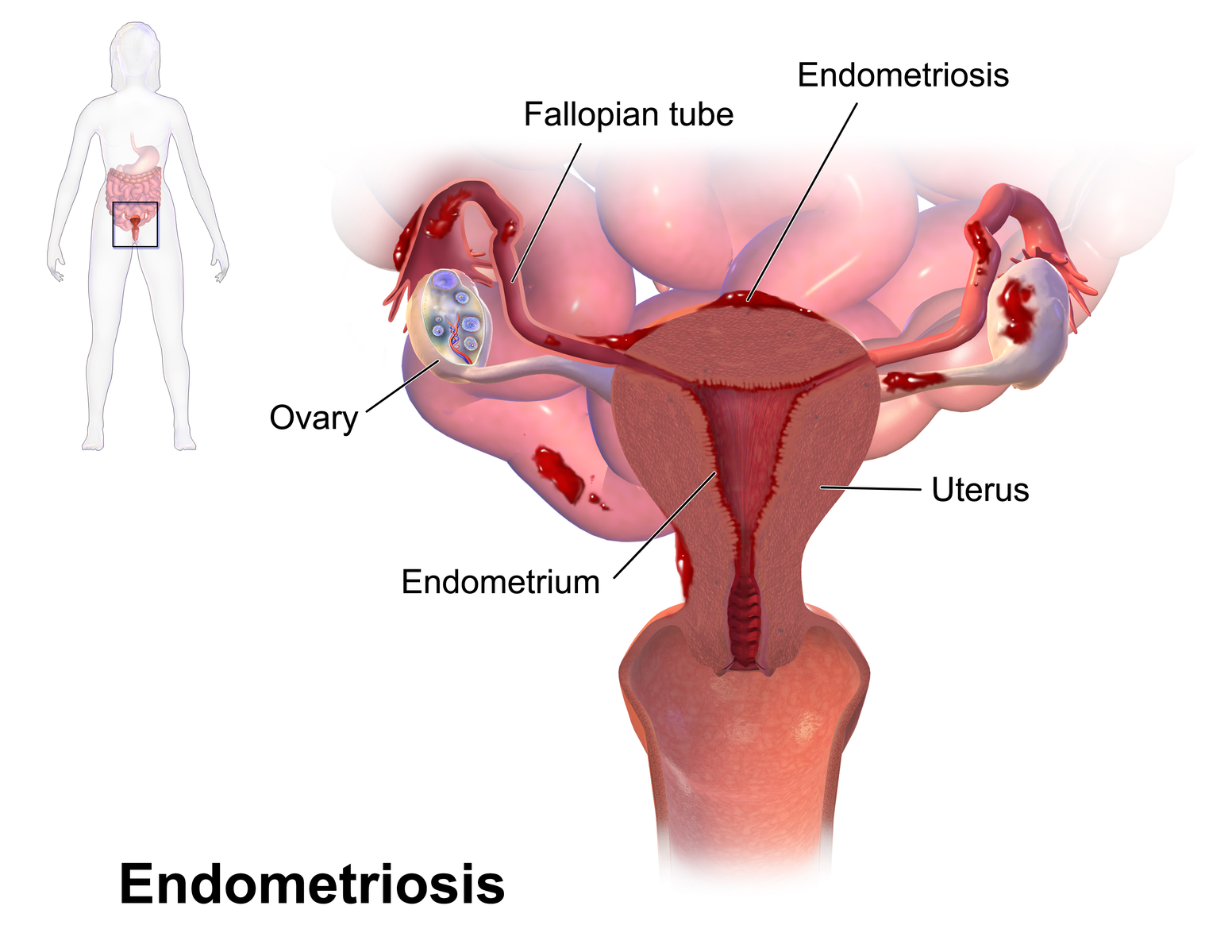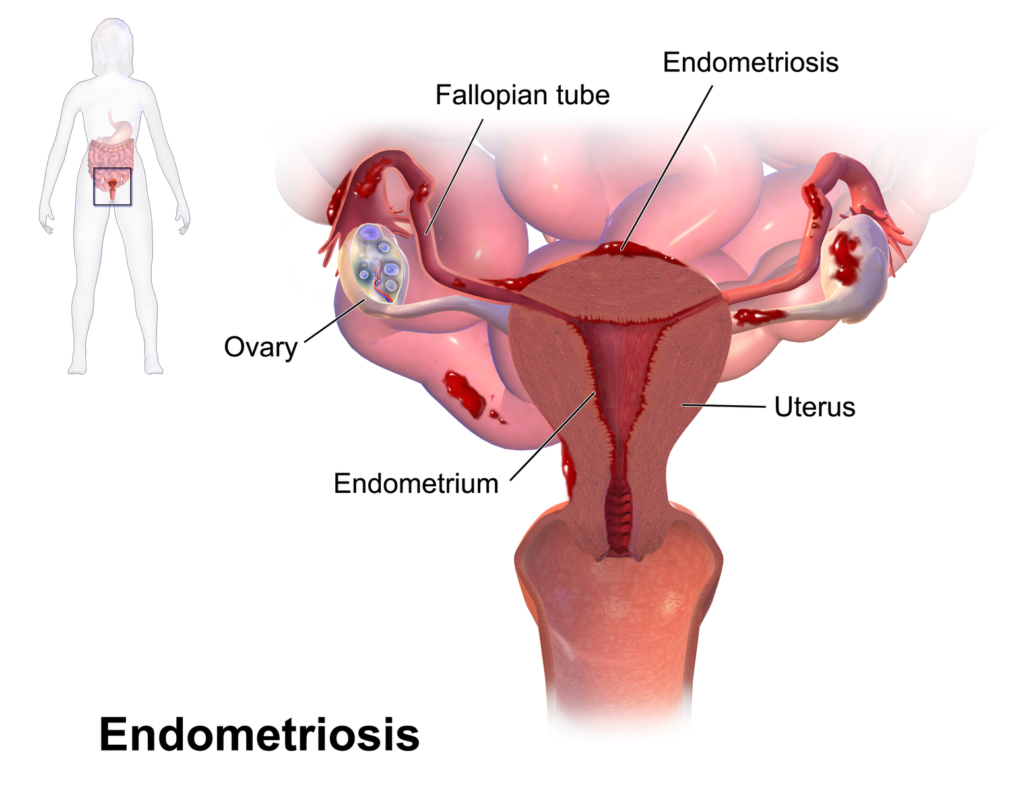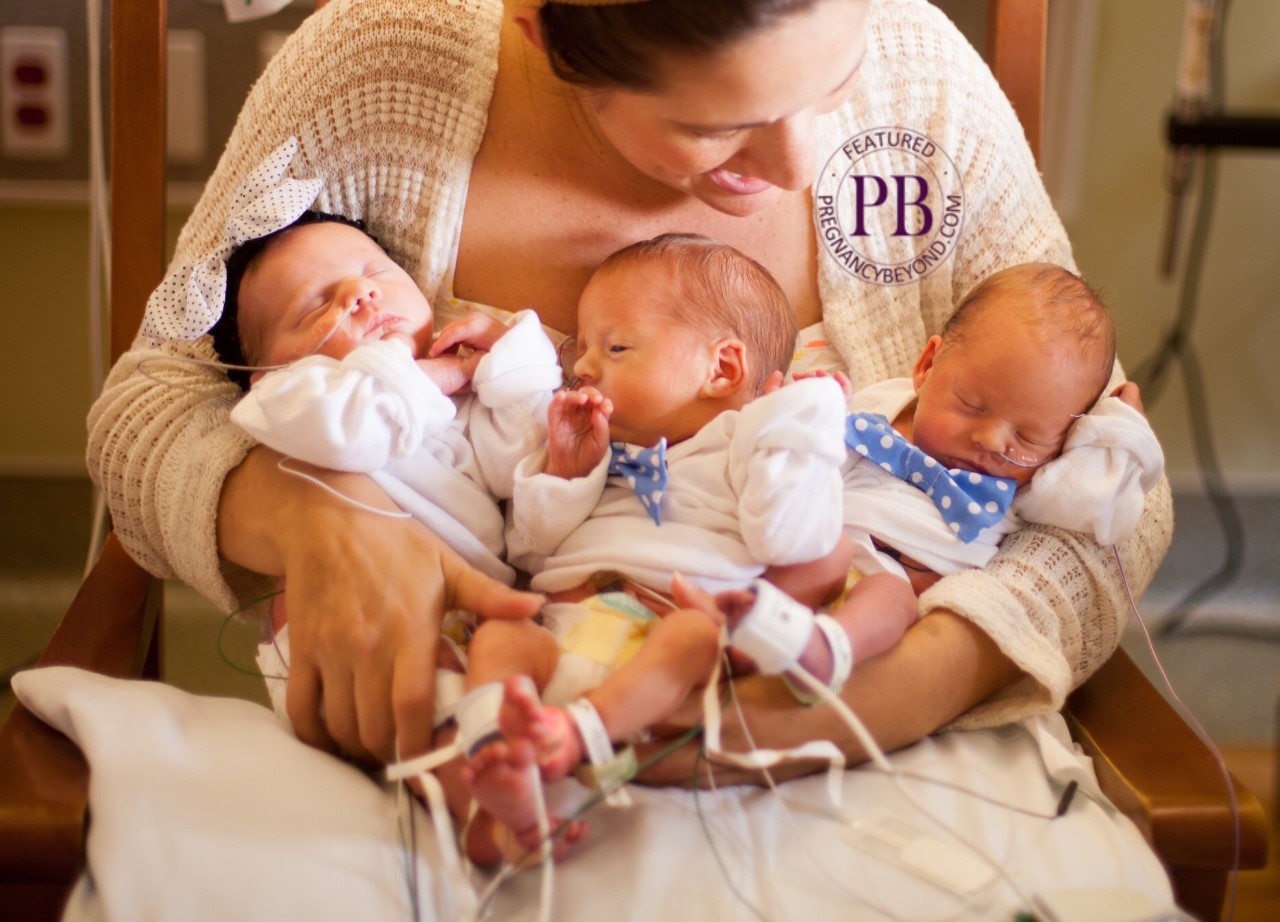
Getting Pregnant With Endometriosis:
Getting Pregnant With Endometriosis: What You Need to Know, by Joanie Cox-Henry (Endometriosis Foundation of America),
March is Endometriosis Awareness Month. PregnancyBeyond have teamed up with EndoFound to raise awareness of this disorder. Also, fertility health issue that affects millions of women worldwide.
This article discusses what you should know about getting pregnant when you have endometriosis.

Getting pregnant and delivering a healthy, bouncing baby is something that, sadly, many women with endometriosis may never experience. The statistics can be even more sobering, with one study claiming that women with mild cases of the disease have only a 2 to 4 percent chance of getting pregnant each month compared to the 15 to 20 percent chance women without the disease have.
But for those who can conceive, what can be the happiest time of their lives can quickly turn into the scariest.
“Women with endometriosis are at risk for preterm labor, hypertension, and pre-eclampsia,” Dr. Jessica Chan, a fertility specialist in the Department of Obstetrics at Cedars-Sinai in Los Angeles, tells The Blossom. “Bleeding during the pregnancy can also be scary, and there is a higher risk for c-section in the end.”
Time is also unkinder to the endo woman hoping to become a mom.
“Between the ages of 32 and 37, women can have as much as a 50 percent decline in fertility,” says Dr. Mark Surrey, co-founder and Medical Director of the Southern California Reproductive Center. “For women with endometriosis, egg quality and quantity can especially be affected.”
ALSO SEE: “WE BEAT INFERTILITY “
Dr. Tomer Singer, Director of Reproductive Endocrinology and Infertility at Lenox Hill Hospital in NYC, has also seen women with endometriosis experience a slightly increased risk for miscarriage. “With endometriosis, a dilated fallopian tube can flush an embryo out. Endometriosis often goes hand-in-hand with adenomyosis, a condition in which endometrial tissue, which normally lines the uterus, exists within and grows into the muscular wall of the uterus.”
Singer said this could give the uterus a Swiss cheese-like appearance with a lot of black holes in the glands and muscles. “It increases the risk of failed implantation and early miscarriage in the first eight weeks of pregnancy.”
Many patients experience increased pelvic pain as their pregnancy closes in on the 40-week mark. “Ovaries can be enlarged because of endometriomas and adenomyosis can cause the uterus to be physically larger,” adds Singer, which can cause additional pain.
Still, all is not lost for endo women hoping to conceive, as many continue to defy the odds and welcome motherhood. “Some patients have Stage III or IV Endometriosis in their bladder or uterus and end up needing surgery before they can safely conceive. In some more severe cases, a patient can better benefit from a gestational carrier.” (Article was first published here)
About EndoFound: The Endometriosis Foundation of America strives to increase disease recognition. Provide advocacy, facilitate expert surgical training, and fund landmark endometriosis research. Engaged in a robust campaign to inform both the medical community and the public. The Endofound places particular emphasis on the critical importance of early diagnosis and effective intervention. While simultaneously providing education to the next generation of medical professionals and their patients.
Join us over at the PB Moms Exclusive Circle. Where we invite healthcare experts to prepare us for life after childbirth and motherhood. Go to: pregnancybeyond.com/exclusive-circle.
Follow PregnancyBeyond on Instagram, Facebook, and Twitter.
ENDOMETRIOSIS FEMALE REPRODUCTION FERTILITY GUEST POST INFERTILITY PRECONCEPTION WOMENS HEALTH




